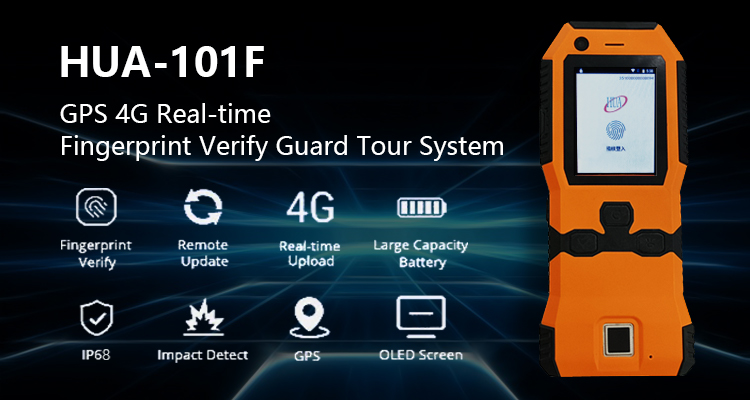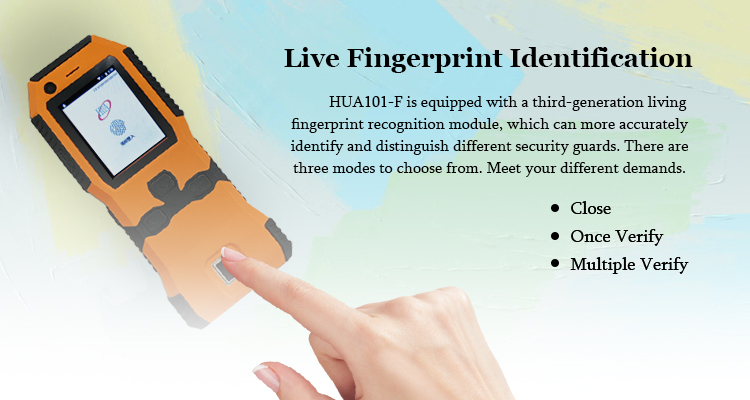

To better understand the security measures required for guard tracking systems, it is essential first to examine the types of data these systems collect. The most common forms of data collected by guard tracking systems include real-time location tracking, timestamps, incident reports, activity logs, and geo-fencing data. GPS data provides the guard’s exact location. At the same time, timestamps record the time and place of performing specific actions, such as patrolling certain areas, checking in at a checkpoint, or responding to an incident. These data points are critical to ensuring that security officers adhere to protocols and perform their duties as expected. Activity logs provide detailed insights into what guards do during their shifts, whether verifying security parameters or responding to specific alarms. Meanwhile, geofencing data ensures that security personnel stay within designated boundaries and triggers alarms if they stray from designated routes.
A key concern regarding the security of data collected by a guard tracking system is protecting the data. At the same time, a device, such as a guard’s smartphone or wearable, transmits the data to a central server or cloud platform. The system must encrypt data transmission to prevent unauthorized access or interception by malicious third parties.
Most advanced guard tracking systems employ secure communication protocols, such as HTTPS or SSL/TLS encryption, to protect data integrity during transmission. This encryption ensures unauthorized users cannot read the data, even if they intercept it during transmission. Additionally, multiple layers of encryption strategies, including end-to-end encryption, typically protect data transmission. This protection ensures that only authorized parties, such as system administrators, can access the original data.

Once the system securely transmits data, it must store it in a secure environment. Guard tracking systems store the collected data on centralized servers or cloud-based storage solutions. The security of this stored data is equally critical, and various protocols and safeguards are in place to ensure that unauthorized individuals cannot access or manipulate the information.
Access control protocols are one of the primary methods of protecting the data stored by a guard tracking system. These protocols ensure that only authorized individuals can access specific data sets. Most systems implement role-based access control (RBAC), granting users specific permissions based on their organizational role. Additionally, guard tracking systems often employ multi-factor authentication (MFA) to add protection to the login process.
Another critical concern is maintaining the integrity of the guard tracking system's data. Since the system uses the data for security monitoring, reporting, and auditing, it must remain accurate and unaltered. Guard tracking systems often employ software tools and hardware solutions to prevent tampering and ensure data integrity.
Digital signatures and hash functions often ensure that data is not modified after collection. Cryptographic methods, such as digital signatures, attach an electronic signature to data, ensuring no one can alter the data without detection. Many guard tracking systems implement regular data integrity checks and audit trails for added protection. These features automatically track who accessed the data, when they accessed it, and whether they made any changes.
Because guard tracking systems collect sensitive data related to security personnel, there are also significant privacy issues to address. The system may collect data that includes personally identifiable information (PII), such as the guard’s location, shift times, and even the specific incidents they were involved in. Therefore, it is essential for companies using guard tracking systems to comply with privacy laws and regulations that govern the collection and storage of personal data. In the United States, organizations must ensure compliance with laws such as GDPR for European companies or CCPA for California companies. These regulations dictate how companies should collect, process, and store personal data and set specific guidelines for how long they can retain it, when they should anonymize it, and who can access it.

As guard tracking systems become essential for improving security operations, ensuring the security of the data they collect is more important than ever. By using advanced encryption, strong access controls, and continuous data integrity monitoring, companies can ensure that sensitive data collected by guard tracking systems remains secure. Additionally, complying with data privacy regulations and adopting best practices will further strengthen the security of this information, giving organizations and their people the confidence to rely on these systems.